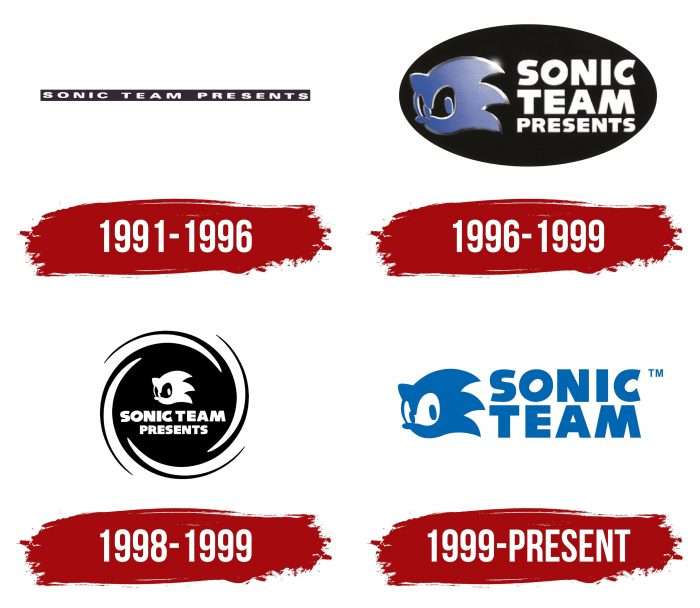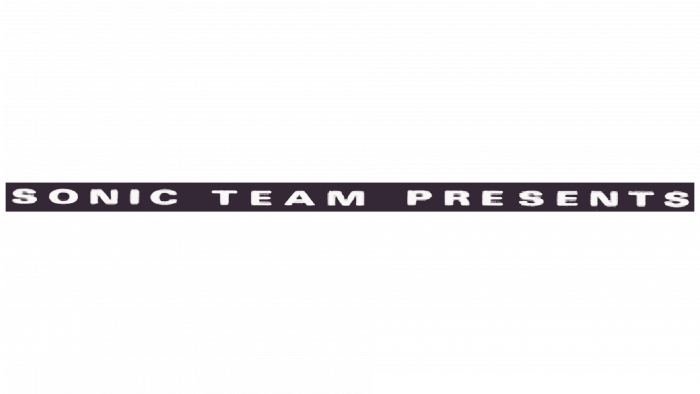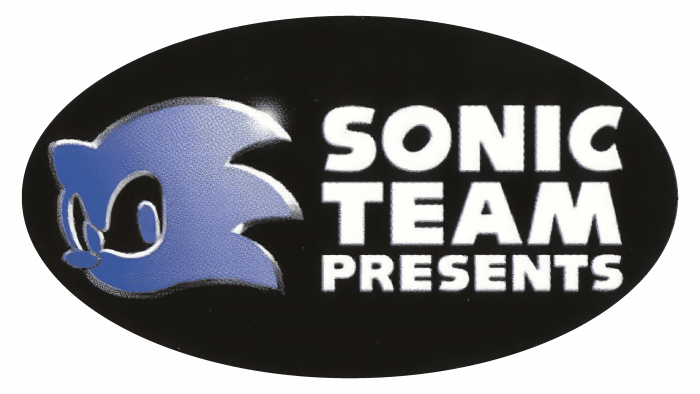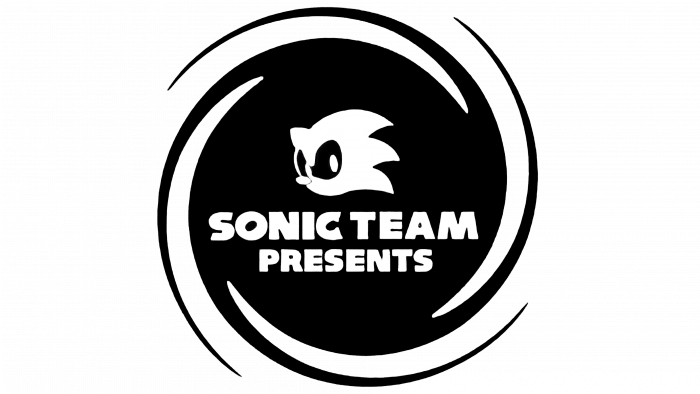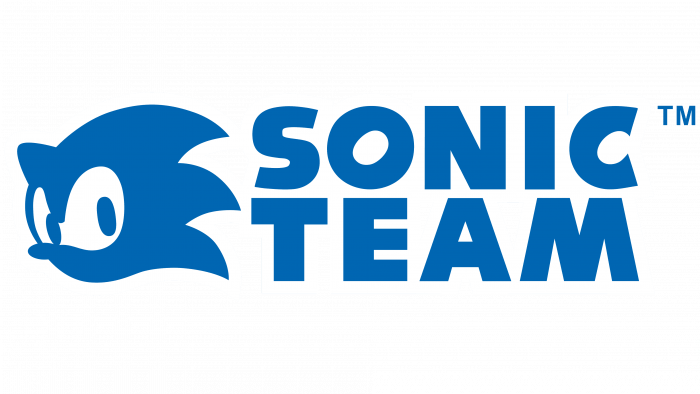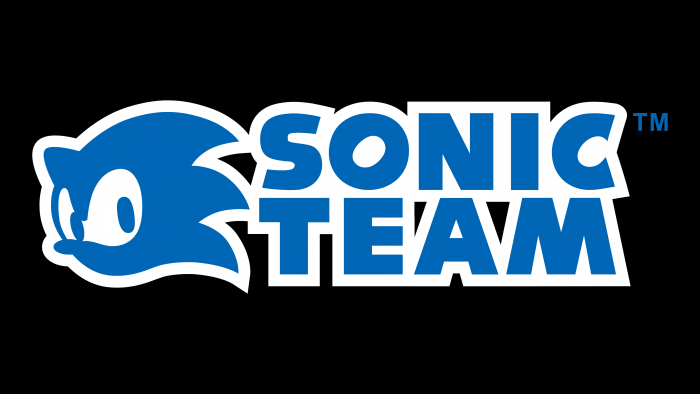He looks at the user with the Sonic logo appraisingly and distrustfully. As if checking whether the player can fight and has enough confidence, strength, agility, and speed to emerge victorious in the company’s games. The emblem challenges and invites us to compete.
Sonic: Brand overview
| Founded: | 1990 |
| Founder: | Yuji Naka, Naoto Ohshima, Hirokazu Yasuhara |
| Headquarters: | Shinagawa, Tokyo, Japan |
| Website: | sonicteam.com |
Meaning and History
Naka and Yasuhara then moved to the United States, where they developed games at the Sega Technical Institute, while Ohshima worked on them in Japan on the Sonic CD. In 1994, Naka returned to his homeland and took charge of CS3, later renamed R&D No.8. At the same time, the division accepted the Sonic Team but began to create video games without this character. But in 1998, the release of Sonic Adventure appeared, after which several Sonic Team employees moved to the United States to form the company of the same name and work on Sonic Adventure 2.
Sega then split its studios into separate departments. So, in 2000, the company SONICTEAM Ltd. (based on R&D # 8) and a subsidiary group of Sonic Team USA. Then the parent organization began to experience financial difficulties, and several acquisitions took place. In 2003, the Sonic Team teamed up with United Game Artists. In 2004, Sonic Team USA became Sega Studios USA.
At the same time, Sammy Corporation acquired Sega, and Sonic Team became the R&D department of the Sega GE1. It was later renamed CS2. In 2008, Sega Studios USA was again merged with the Sonic Team. In the years that followed, they became a platform for experimentation with various forms of the Sonic name. In total, there are five types of logos in the career of this brand.
1991 – 1996
The earliest version of the emblem was incredibly simple. It used nothing but text – the name Sonic Team Presents, done in capital letters. The font was smooth, sans serif. The inscription had an elongated shape and was placed horizontally at one time. Its background was a black rectangle in the form of a narrow stripe. The name was written in white characters that were visible on a contrasting substrate.
1996 – 1999
At this time, the real emblem first appeared, which consisted of a solid black oval. It was positioned horizontally and contained a gradient violet image of a hedgehog’s head, outlined in a silvery outline and complemented by highlights. The character was glossy, voluminous, looked to the left, and had very large eyes – in fact, empty eye sockets through which a dark background was visible.
On the right was a bold text, arranged in three rows: at the top – “Sonic,” in the middle – “Team,” at the bottom – “Presents.” The words were in a stylish sans serif typeface. In the first word, the letters had a heterogeneous shape; in the rest, they were even. The “O” slanted to the right, and the “C” with unevenly cut ends were particularly prominent. This typeface is called Nise SegaSonic and was originally used for the Sonic the Hedgehog video game series. The author of the logo is Hirokazu Yasuhara.
In the same period, another logo variation appeared, consisting of the same elements but in a regrouped form. The name occupied two lines along with a graphic sign: in the first row, there was the phrase “Sonic Team,” made in the corporate font and separated by the main character’s head. There was an inscription “Presents,” in the lower part,” executed in a small grotesque with widely spaced letters. The predominant color of the emblem was dark purple. A black rectangle served as its background.
1998 – 1999
At the end of this period, another version of the logo was approved, surrounded by a whirlwind. It was black and white, flat, and consisted of a hedgehog head arranged in a semi-profile. It was above the brand name and “Gifts” in the same font as the previous logo. According to the designers’ concept, the circle received four sharp spikes at the edges, and the Sonic image turned white and was placed on a black background.
1999 – today
The current logo consists of the main character’s head, which Hirokazu Yasuhara has made more expressive and distinct. As a result, Sonic’s eyes and nose are now clearly distinguishable as they no longer merge. The text is on the right and spans two lines because the “Presents” caption disappeared. The font is a modernized Nise Sonic.
Sonic: Interesting Facts
Sonic Team, a celebrated Japanese video game developer, has been instrumental in shaping the gaming industry, most notably with the creation of Sega’s mascot, Sonic the Hedgehog.
- Origins and Transformation: Initially named Sega AM8, this in-house Sega team took the name Sonic Team following the success of the 1991 Sonic the Hedgehog game, highlighting the character’s impact on both the team’s identity and Sega’s image.
- Birth of Sonic: Conceived as Sega’s counter to Nintendo’s Mario, Sonic brought excitement to platform gaming with its fast-paced action. Naoto Ohshima designed the character, while Yuji Naka and Hirokazu Yasuhara were pivotal in programming and game design.
- Beyond Sonic: Sonic Team’s repertoire extends across genres, from puzzles like “Puyo Puyo” to adventures such as “Nights into Dreams” and RPGs, showcasing its versatility.
- The Phantasy Star Legacy: The team’s pre-Sonic “Phantasy Star” series set a high bar for console RPGs with its rich narrative and gameplay, underscoring Sonic Team’s foundational role in gaming evolution.
- Pioneering Moves: The Sonic Team has led numerous gaming innovations, such as introducing analog control with “Nights into Dreams” for the Sega Saturn, enriching 3D gaming experiences.
- Yuji Naka’s New Chapter: Recognized as Sonic’s creator, Yuji Naka left in 2006 to start Prope, marking a significant transition for Sonic Team, which has since continued to explore Sonic’s universe.
- Engine Innovation: Developing proprietary engines, like the Hedgehog Engine for “Sonic Unleashed,” showcases Sonic Team’s dedication to pushing visual and technical boundaries in gaming.
- A Cultural Phenomenon: Sonic has evolved beyond games into a multifaceted cultural icon, evidenced by TV adaptations, comics, and films, attesting to Sonic Team’s lasting imprint on gaming and broader media landscapes.
- Fostering Community Ties: Engaging actively with its fan base, Sonic Team incorporates player feedback into its creations, nurturing a vibrant and loyal community.
- Adaptive and Evolving: Sonic Team demonstrates its adaptability and enduring commitment to its flagship character’s legacy by branching into various formats and genres.
Sonic Team’s narrative is a testament to its innovative spirit, from its foundational days to its present status as a key player in the video game industry, continually embracing change and influencing gaming cultures globally.
Font and Colors
As a graphic sign, the developers used the profile of a key character from the very first video game – Sonic The Hedgehog. It is drawn in a half-turn with three wide spikes sticking out from behind. The eyes are large, with a contrasting mini-oval in the center, which replaces the pupil.
The designers chose two types of branded typefaces for the logo: Nise SegaSonic (basic version) and Nise Sonic (modernized version). They have a diagonally turned “O” and an uneven cut “C.”
The main palette is blue. But it has become so now, and before used black, white, and purple gradients with a transition from lilac to cobalt.
Sonic color codes
| Medium Persian Blue | Hex color: | #0066b2 |
|---|---|---|
| RGB: | 0 102 178 | |
| CMYK: | 100 43 0 30 | |
| Pantone: | PMS 285 C |

